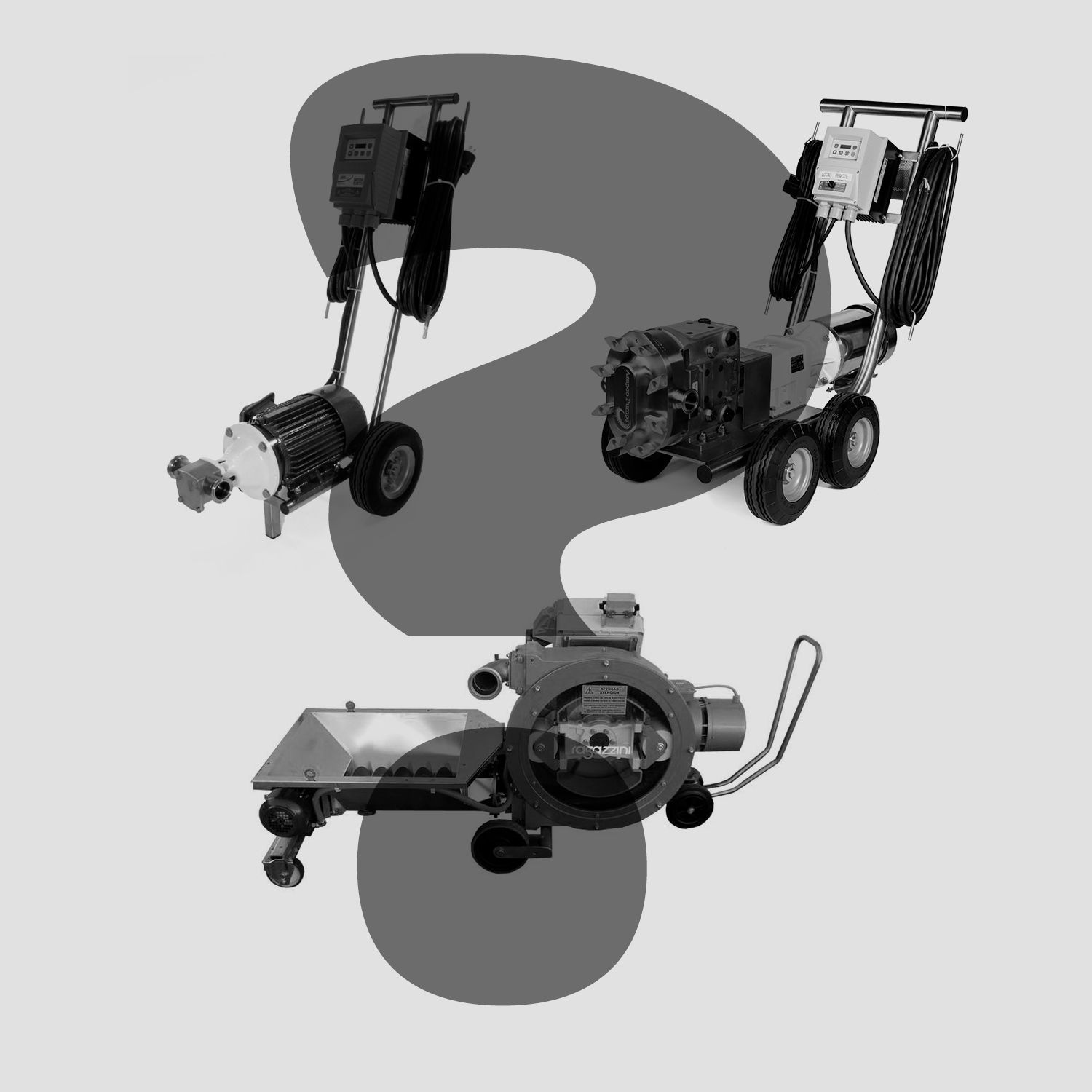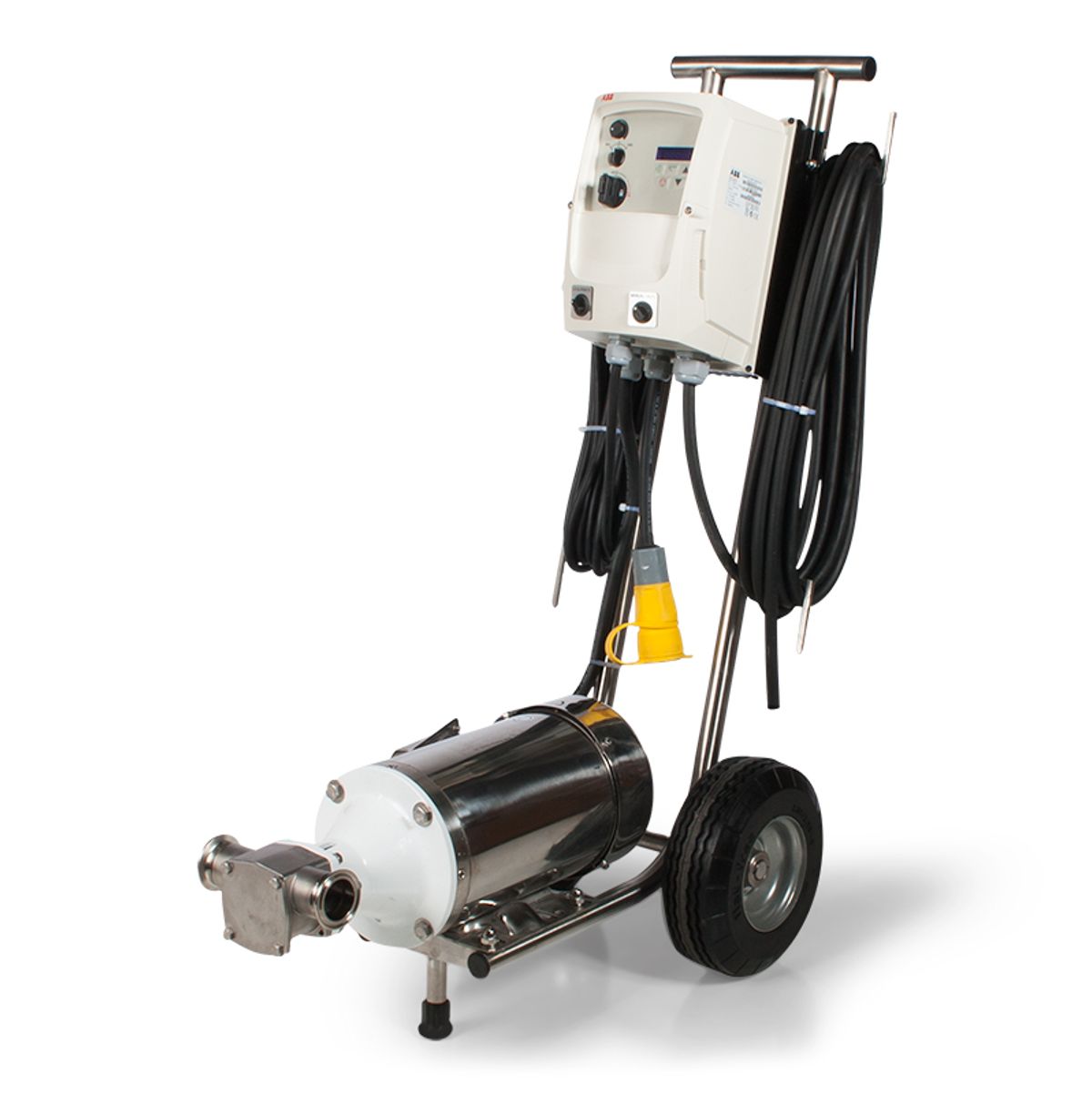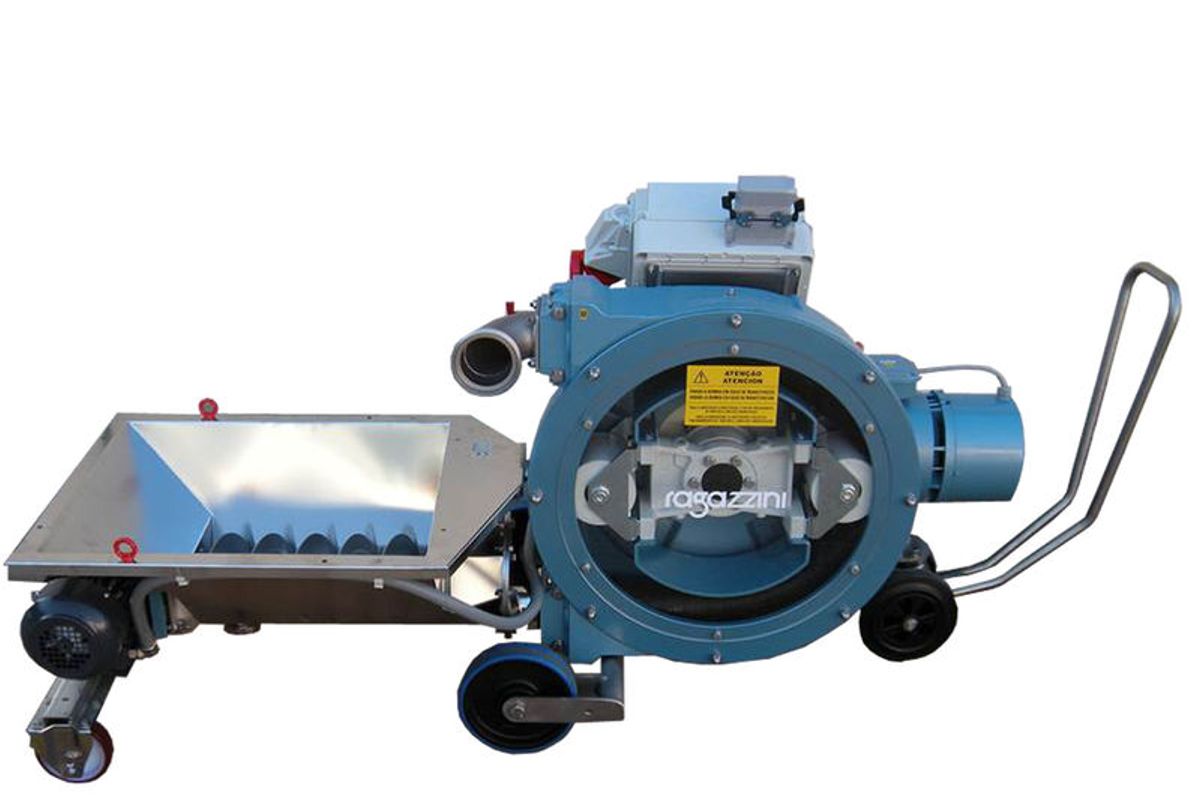
The Best First Pump To Buy: Winery Edition
When you're just starting up your winery there's a lot of equipment to buy. Pumps may seem like an afterthought. But the truth is, your wine isn't going anywhere without a pump. Besides that, good pumps can make your life easier, and bad pumps can have a measurable impact on wine quality. So let's figure out the best pump for your budding winery.
In an ideal world your shopping list might contain several pumps, each with specific purposes: a must pump, a bottling pump, a pumpover pump, a filtration pump. In the beginning, though, your budget will likely restrict you to one or perhaps two pumps that can handle most tasks reasonably well. Here are the pumps we recommend most often to commercial wineries that are just starting up.
Initial Considerations
Flow Rate
Given that you are likely just starting up, you don't want to buy more pump than you need, but at the same time you don't want to be waiting for hours to move your wine around. For that reason, a pump with a maximum flow rate around 20-30 gallons per minute makes sense.
Speed Control
Some tasks will require transferring at very low speeds, so we would argue that a variable speed electrical drive that allows you to control the speed of the pump from 0–100% isn't just a luxury, it's a necessity.
Pressure
Most tasks around a small winery will not require that much pressure. Filtering is probably the task requiring the highest pressure in a winery, and only requires a little over 30 psi to get the full life out of a filter. So, unless you're trying to push your wine over 70 feet up and over long distances, around 30 psi of potential head pressure is sufficient.
Gentle Handling
The most important element in gentle handling is minimizing "shear". But what is shear? Shear is a technical term with a fairly complicated definition, however you can get a good idea of what it means by considering this: shear in a pump refers to liquid being trapped between a stationary surface and a rotating surface. The liquid near the rotating surface will be pulled forward, while the liquid near the stationary surface will not. Shear in wine is generally considered a bad thing. Therefore you want to minimize it by using low or no-shear pumps.
That said, even wine transferred via gravity will be subject to some shear. As wine travels through a hose it's subject to the forces of shear and friction against the interior of the hose. It's impossible to avoid shear entirely, and is really not that big of a deal as long as you're not using a high-shear pump, such as a centrifugal impeller pump.
Remote Control?
A remote is definitely nice to have. If you're standing on a ladder looking inside your tank and trying to turn your pump on and off, or fine-tune your pump's speed while you're holding a flashlight inside a barrel, you'll need a remote control. That said, many budget-conscious winemakers forego the remote control, particularly if their space is very small.
Best First Pump for Wineries: The Budget-Friendly Choice
The Jabsco SQN 20 has been our go-to recommendation for many new start-up wineries for a few reasons: the design is simple and sturdy. it's relatively lightweight, and starting at $2,595, it's moderately priced.

Flexible impeller pumps like the SQN 20 are self-priming, so you can pull up and out of barrels and tanks up to about 10 feet of hose length away. They can reverse direction, and generate up to about 30 psi, making them great for just about every task in the winery besides pumping must.
While you can find cheaper pumps out there, you get what you pay for. You may end up sacrificing on must-have features like variable speed, reversibility, and self-priming. Or you may end up with an underpowered pump, which can be more frustrating than no pump at all.
Pros: Moderately priced. Positive displacement pumping is gentle on wine. No shear at standard winery pressures. Parts and service are cheap and easy.
Cons: Impellers are wear parts and will need to be replaced. Can't run dry without damaging the impeller.
Best First Pump for Wineries: The Upgraded Choice
Flexible Impeller Pumps make a lot of sense for wineries looking to keep things simple and economical. But if your budget allows for it, the next step up is an Ampco ZP1-30 RPD pump.

At over three times the cost of a the SQN 20, it doesn't exactly come cheap. For the extra money you get some very nice extra features. It runs at lower RPM than flexible impeller pumps, which means less turbulence. It can run dry, meaning it can run with no liquid inside the head (flexible impeller pumps cannot run dry). And it can generate significantly more head pressure for pumping longer distances or getting extra life out of your filtration setup.
You might wonder why we recommend the Ampco RPD pump instead of a Waukesha RPD, which are very popular in wineries. It's simple: the Ampco is completely parts-interchangeable and dimensionally identical to the Waukesha Universal 1 pump heads found in many wineries. Parts from the ZP1-30 will work with a Waukesha 30, and vice versa. Unlike the Waukesha, however, it has a fully stainless steel gearbox, meaning no corrosion and the head will keep looking new, corrosion-free, and washdown-friendly for decades to come, unlike the Waukesha.
Pros: Gentle, low shear transfers, rugged stainless steel impellers, smooth flow.
Cons: Expensive, complicated to work on should repairs be required.
Best First Pump for Wineries: The Premium Choice
Pumping liquids is one thing. Pumping must is another. All of the above pumps can pump liquids well, but they can't do fermented must. It takes a powerful pump with a large inlet and outlet to transfer must, and it really requires a hopper to feed solids to the inlet of the pump.
The ideal pump can do both liquids and must, and do both gently. That way it can be used year-round, and won't just sit in storage after harvest. The Ragazzini Rotho MS2T is just such a year-round pump. As we explain in our Guide to Peristaltic Pumps, peristaltic pumps are zero shear and extremely gentle. There are no rotating parts that come into contact with the pumped product. The Rotho has more than enough pressure for filtration, bottling, transfer, and when purchased with the removable hopper, can be used to transfer must during harvest.

It's a dual-mode pump. When used for liquid transfer you attach the two pulsation dampeners. The flow is smooth, even, and powerful. When you want to transfer fermented must (or even whole grapes) you attach the auger screw hopper to the bottom inlet and the oversized 90° elbow at the outlet. Now you can pump must over great distances and up high inclines.
Pros: The most gentle pump possible; Powerful; Can be used for must or liquid transfer, and for every winery task; Very simple, only requiring occasional tube lubrication.
Cons: Expensive and heavier than other options.
Conclusion
Those are our choices for the best first pump to buy for your winery. Of course there are many other pump styles we didn't cover that might be a fit for your unique situation. Give us a call if you want to talk about your facility and any concerns specific to your situation.
- © 2024 TCW Equipment, LLC
- Phone: (707) 963-9681
- Monday–Friday, 8–5 pm PT